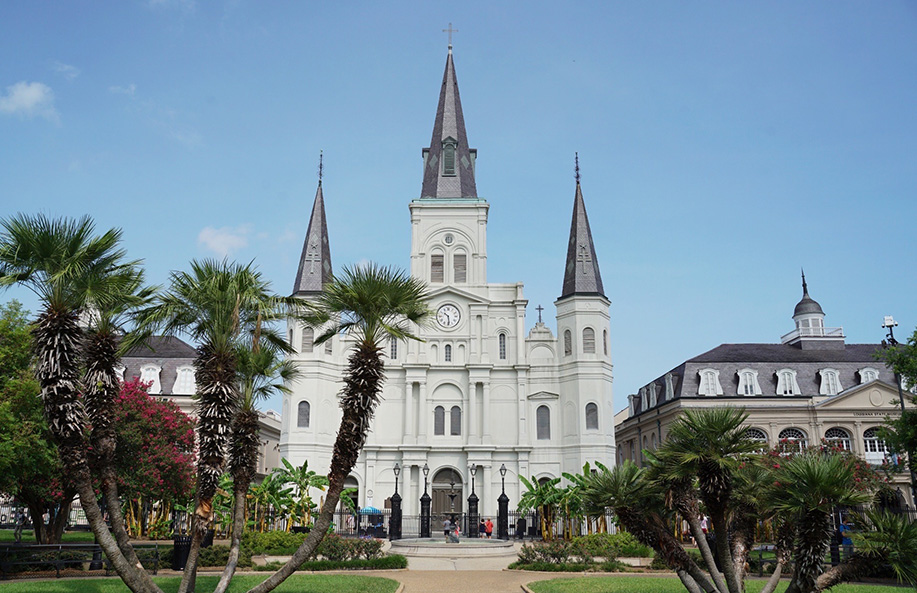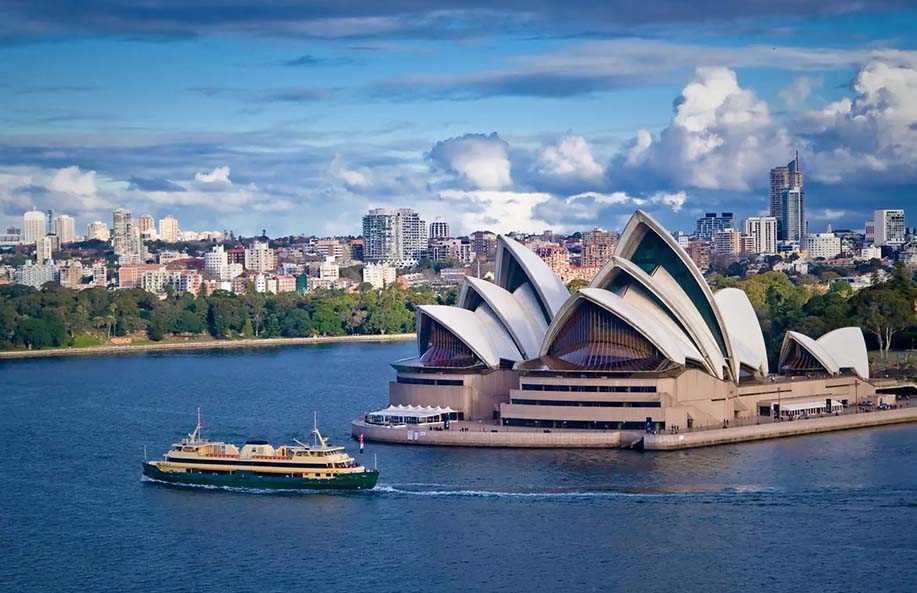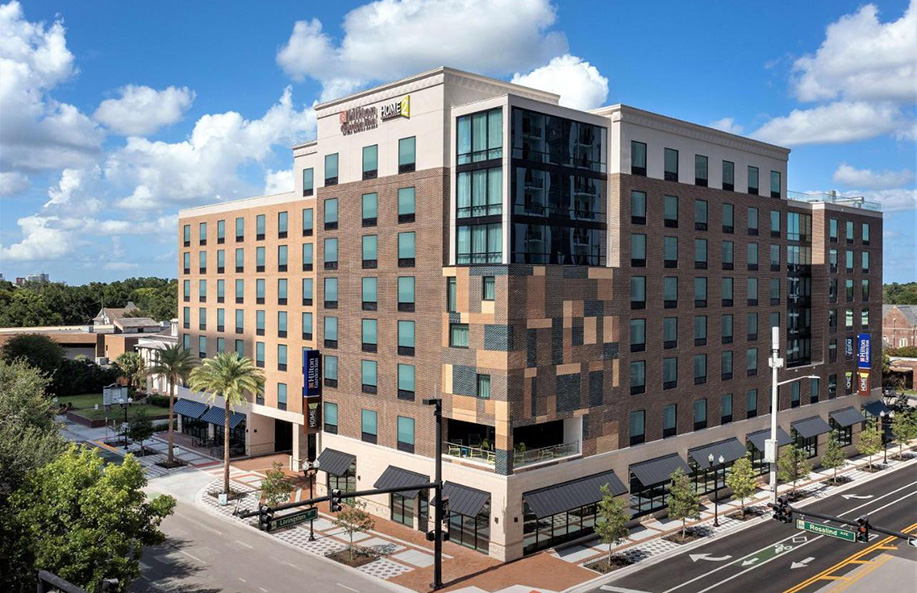Melbourne, Australia’s cultural and sporting hub, offers an extensive transportation network that makes getting around the city a breeze. With its efficient and well-connected public transport system, tourists can easily explore iconic landmarks, vibrant neighborhoods, and hidden gems. Whether you’re traveling by tram, train, bus, or bike, this guide will help you navigate Melbourne’s transportation options with ease and confidence.
Myki Card: Your Essential Travel Companion
To use public transport in Melbourne, you’ll need a Myki card. This smart card is your key to riding trams, trains, and buses throughout the city and surrounding suburbs. Myki cards can be purchased at numerous retailers, including convenience stores like 7-Eleven, major train stations, or online. The card itself costs AUD 6, and you can top it up with either Myki Money (pay-as-you-go) or a Myki Pass (unlimited travel for a set period).
For tourists, the Myki Money option is the most flexible. You can simply load the card with funds and tap on when boarding a tram, train, or bus. When your journey ends, tap off (except in the Free Tram Zone). The fares depend on the zones you travel through and the duration of your trip, but Melbourne’s public transport remains an affordable way to explore the city.
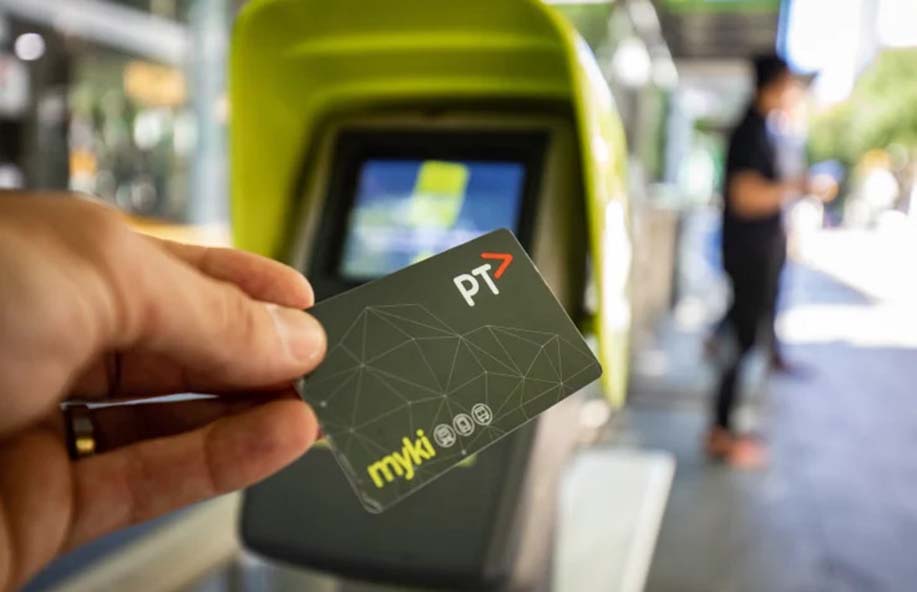
Trams: The Iconic Way to Explore Melbourne
Melbourne is famous for its trams, and riding one is a quintessential part of the Melbourne experience. The city boasts the largest tram network in the world, making it easy to travel between key attractions and neighborhoods. One of the most convenient aspects of tram travel for tourists is the Free Tram Zone. This zone covers much of Melbourne’s Central Business District (CBD), including popular spots like Federation Square, Queen Victoria Market, Flinders Street Station, and the Docklands.
Within this zone, tram rides are free, and you don’t need to tap on or off with your Myki card. Simply hop on, enjoy the ride, and hop off at your desired stop. Outside the Free Tram Zone, you will need to tap your Myki card when boarding and exiting. Major tram routes such as Route 96 (to St Kilda) and Route 109 (to Port Melbourne) offer scenic trips to popular tourist destinations.
Trams generally run from 5 AM to midnight on weekdays, with extended hours on weekends. However, it’s important to note that trams can get crowded during peak hours, typically from 7 AM to 9 AM and from 4 PM to 6 PM. If you’re planning a leisurely day of sightseeing, consider avoiding these times for a more comfortable experience.
Trains: Fast and Efficient Travel Across the City
Melbourne’s train network is the fastest way to travel long distances across the city or to explore outer suburbs. The City Loop, a series of underground stations, connects major hubs like Flinders Street Station, Southern Cross Station, Melbourne Central, and Parliament Station. Trains are ideal for reaching destinations such as the Royal Botanic Gardens, the Melbourne Zoo, or nearby suburbs like Fitzroy and Collingwood.
The train network is divided into two zones: Zone 1 covers the city and inner suburbs, while Zone 2 includes outer suburbs. Most tourist attractions lie within Zone 1, making travel straightforward and affordable. If you’re heading to the coast or regional areas, Melbourne’s regional train network, V/Line, can take you to destinations like Geelong, Ballarat, and the Great Ocean Road.
Trains operate from early morning until midnight, with Night Network services running on weekends for late-night travelers. As with trams, be mindful of peak-hour congestion on weekdays, and always tap your Myki card before and after your journey.
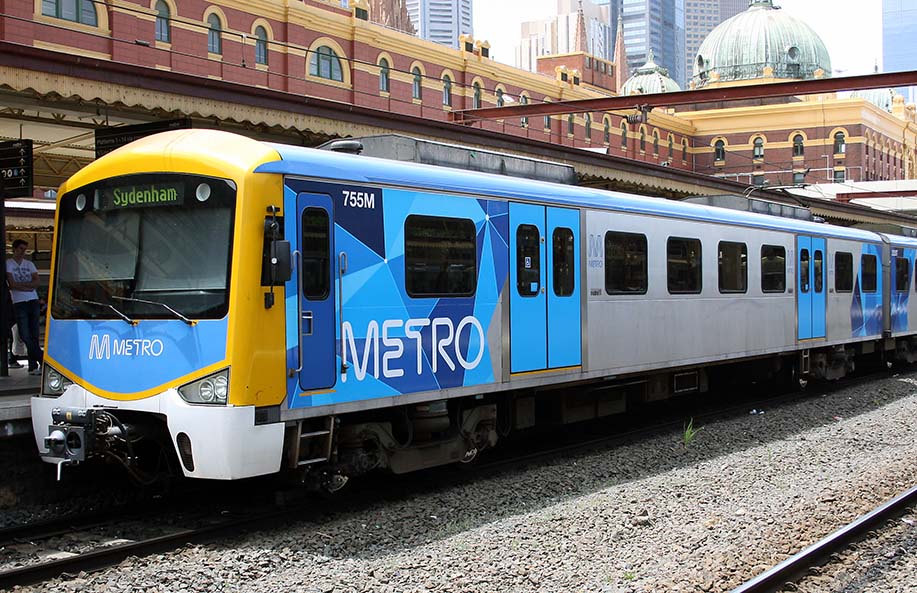
Buses: Reaching the City’s Hidden Corners
Melbourne’s bus system complements the tram and train networks, providing access to areas not served by trams or trains. Buses are particularly useful for reaching outer suburbs, shopping centers, and parks. While buses may not be as iconic as Melbourne’s trams, they are efficient and convenient, with routes that cover much of the city and beyond.
Buses run from early morning to late at night, with Night Network services available on weekends. One of the advantages of Melbourne’s bus system is its integration with the tram and train networks, meaning you can use your Myki card across all modes of transport. Some key bus routes include services to Melbourne Airport (SkyBus) and major shopping districts like Chadstone Shopping Centre.
When using buses, it’s essential to tap on and off with your Myki card, just as you would on a tram or train. Be sure to check the schedule in advance, as buses may run less frequently than other modes of transport, especially in the outer suburbs.
Ride-Sharing Services and Taxis: Convenience at Your Fingertips
For those looking for door-to-door convenience, Melbourne offers a range of ride-sharing services, including Uber, DiDi, and Ola, as well as traditional taxis. Ride-sharing apps are widely used in Melbourne and are often a more affordable option than taxis, particularly for short trips within the city.
Uber is the most popular ride-sharing service in Melbourne, with a large number of drivers available throughout the city and suburbs. Simply download the app, enter your destination, and request a ride. Ride-sharing services are particularly useful when traveling to areas not well-served by public transport or when you’re carrying luggage.
Taxis are also readily available and can be hailed from the street or booked in advance. Look for the distinctive yellow cabs operated by companies like 13CABS and Silver Top. While taxis are a reliable option, they tend to be more expensive than ride-sharing services. However, they can be convenient for late-night travel or trips to and from the airport.
Cycling: A Green and Scenic Way to Explore
Melbourne is a bike-friendly city, with an extensive network of cycling paths and bike lanes that make it easy to explore on two wheels. The city offers dedicated bike lanes along major roads, as well as scenic bike paths along the Yarra River and through parks such as the Royal Botanic Gardens and Albert Park.
For tourists, bike rentals are widely available through services like Melbourne Bike Share and local bike shops. You can also take advantage of e-bike rental services like Lime or Beam, which are available in the city center and inner suburbs. These electric bikes are a convenient way to explore the city without the effort of pedaling long distances.
Cycling is not only an eco-friendly option but also a fantastic way to see Melbourne’s attractions at your own pace. Some popular cycling routes include the Capital City Trail, which loops around the inner city, and the Bay Trail, which offers stunning views of Port Phillip Bay as you ride toward St Kilda.
Melbourne’s bike infrastructure also includes dedicated parking spaces, making it easy to lock up your bike when visiting attractions or stopping for a coffee. Remember to always wear a helmet, as it is mandatory in Australia, and to follow local road rules.
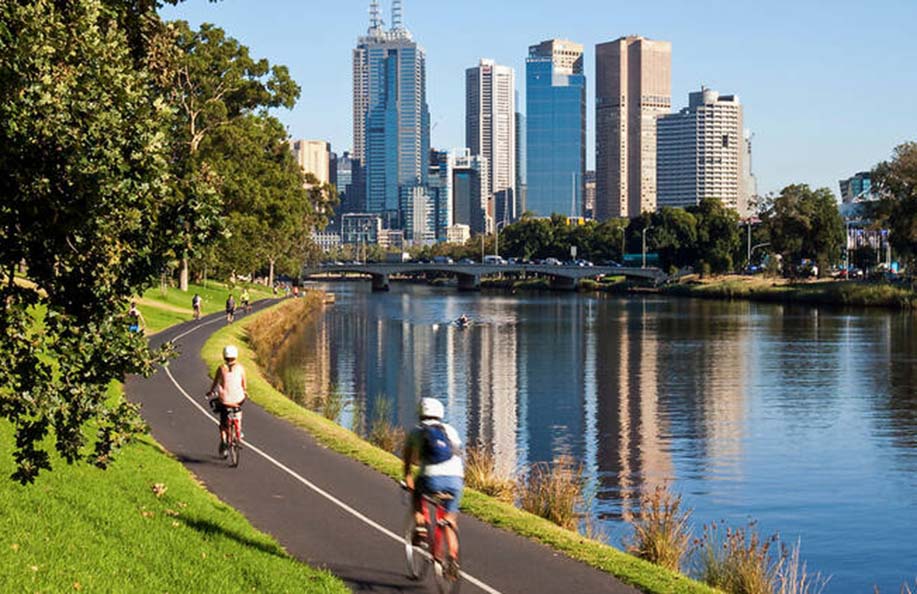
Car Rentals: Freedom to Explore Beyond the City
If you plan to venture beyond Melbourne or explore regional Victoria, renting a car gives you the freedom to travel at your own pace. Car rental companies such as Avis, Hertz, and Budget have multiple locations throughout the city and at Melbourne Airport, making it easy to pick up and drop off a vehicle.
Driving in Melbourne is straightforward, though the city’s streets can be busy during peak hours. The CityLink and EastLink toll roads connect key parts of Melbourne, so be aware of toll charges if you’re driving between the airport and the city or exploring suburbs to the east or west.
Having a car is particularly useful if you’re planning day trips to areas like the Yarra Valley, the Mornington Peninsula, or the Great Ocean Road. These scenic destinations are just a few hours’ drive from Melbourne and offer breathtaking views, wineries, beaches, and more.
Airport Transfers: Getting to and From Melbourne Airport
Melbourne is served by Melbourne Airport (Tullamarine), located about 23 kilometers northwest of the city center. There are several transportation options for getting to and from the airport.
The most popular option is the SkyBus, which operates 24/7 and offers express services between Melbourne Airport and Southern Cross Station in the city center. Tickets can be purchased online or at the airport, and the service is fast, reliable, and affordable.
For those seeking more convenience, ride-sharing services like Uber and taxis are available directly outside the terminal. If you’re traveling with a lot of luggage or prefer door-to-door service, this may be the best option, though it can be more expensive than public transport.
Navigating Melbourne with Ease
Melbourne’s diverse transportation options make it easy for tourists to explore the city and beyond. Whether you’re hopping on a tram, catching a train, cycling through scenic parks, or renting a car for a road trip, Melbourne’s transport system is designed to be user-friendly and accessible. With a Myki card in hand and a little knowledge of the city’s public transport network, you’ll be well-equipped to navigate Melbourne like a local and make the most of your trip.

